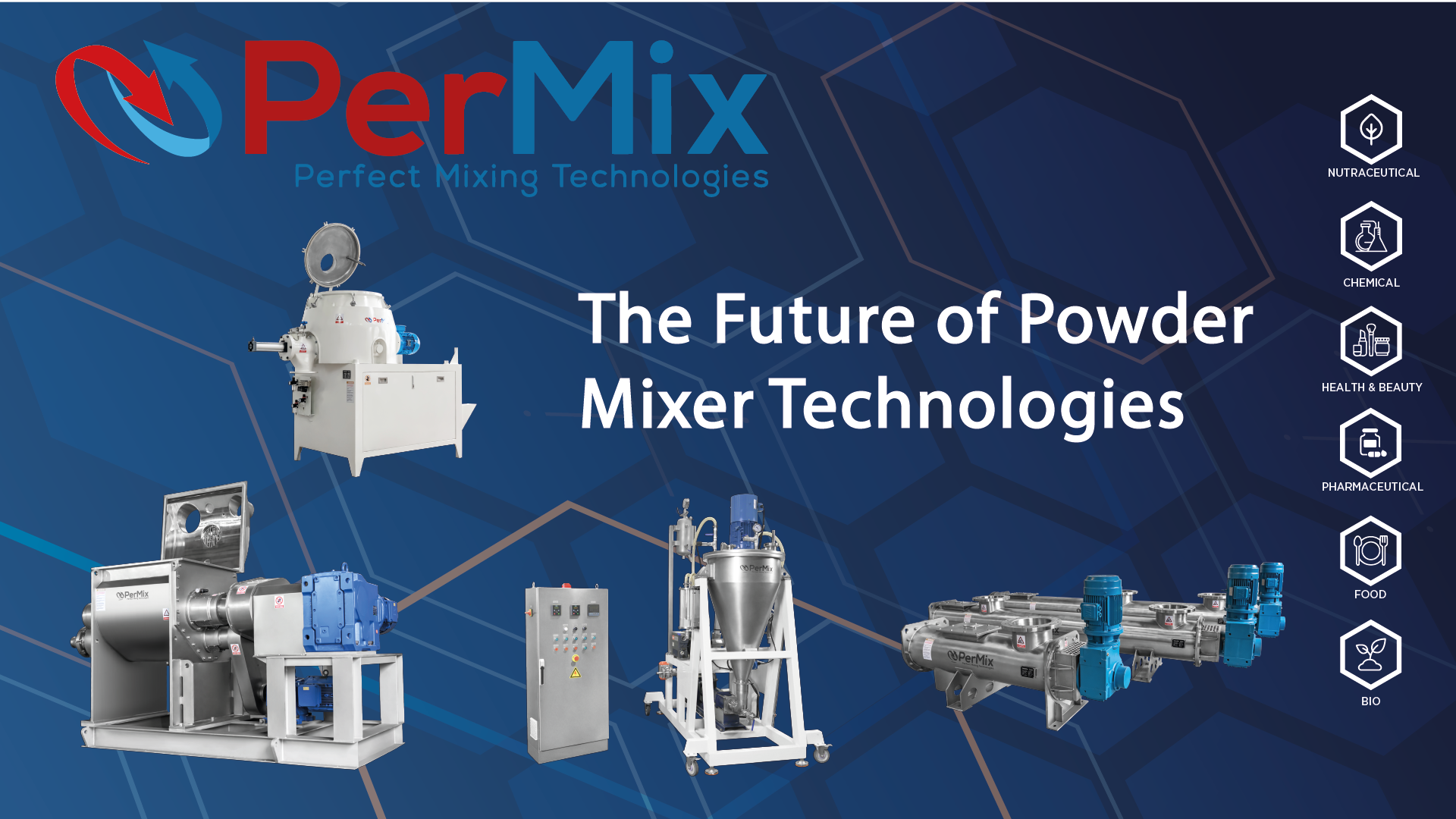
Powder Mixing Mastery: Quality Control & Optimization Guide
Embarking on the journey of powder mixing manufacturing requires a solid understanding of quality control and optimization techniques. In this article, we’ll explore the crucial aspects of ensuring top-notch quality in the mixes we provide to our customers.
Understanding Quality Control in Powder Mixing
Quality control is pivotal in powder mixing manufacturing, ensuring consistent and high-quality results. We’ll delve into its importance and techniques for assessing and ensuring optimal mixing quality.
Importance of Quality Control in Powder Mixing
Effective quality control is vital for avoiding inconsistencies, inadequate homogeneity, segregation, and compromised performance in powder mixing. Robust procedures help maintain product integrity, meet customer expectations, and adhere to regulatory standards.
Factors Affecting Mixing Quality
Several factors, including mixer design, mixing time, speed, intensity, ingredient properties, and additives, collectively influence powder mixing quality. Understanding and managing these factors are essential for achieving desired quality standards.
Choosing the Right Powder Mixer
Selecting the appropriate powder mixer is crucial for high-quality mixing. Consider mixer type, capacity, compatibility with powder characteristics, and ease of cleaning and maintenance for superior mixing performance.
Pre-Mixing Considerations
Proper handling and preparation of ingredients are crucial for successful mixing. Accurate measurement, contamination avoidance, and appropriate techniques contribute to improved efficiency and overall quality.
Key Parameters for Evaluating Mixing Quality
Visual inspection, representative sampling, particle size distribution analysis, segregation analysis, and rheological evaluations are essential parameters for assessing mixing quality.
Critical Factors Affecting Mixing Quality
The quality of mixing is significantly impacted by various factors, such as mixer design, mixing time, speed, intensity, ingredient properties, and additives. Comprehending and managing these factors optimize the mixing process for consistent, high-quality results.
Sampling Methods
Obtaining representative samples is crucial for accurate analysis. Random and stratified sampling techniques ensure unbiased representation of the mixture for meaningful analysis.
Optimizing Mixing Parameters
Balancing time, speed, and intensity is crucial for superior mixing quality. Manufacturers can conduct trials to find optimal parameter combinations, meeting end-user requirements and ensuring consistent results.
Summary
This guide underscores the importance of quality control in powder mixing, covering factors influencing mixing quality, key parameters for evaluation, sampling methods, and optimizing mixing parameters. By mastering powder mixing and implementing effective quality control, manufacturers can enhance efficiency, reduce variations, and ensure consistent results.



